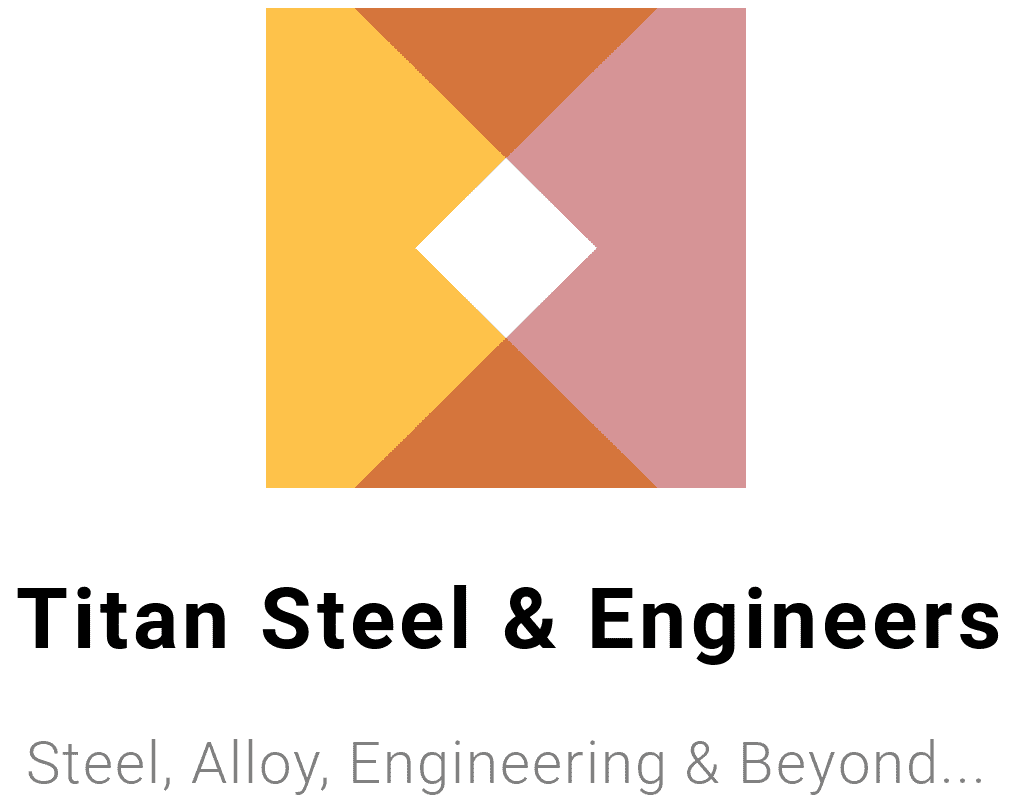Everything You Need to Know About Stainless Steel
stainless steel is an alloy of steel is everywhere—from towering skyscrapers to the cutlery in your kitchen. But what makes this material so exceptional? Why is it a go-to choice for engineers, manufacturers, and construction professionals around the globe?
What is Stainless Steel?
Definition and Importance
At its core, stainless steel is an alloy of steel, which means it is composed primarily of iron and carbon, combined with other elements to enhance its properties. The key differentiator of stainless steel lies in its outstanding resistance to corrosion, thanks to the addition of chromium. This characteristic makes it indispensable in applications where durability and longevity are critical.
But stainless steel isn’t just about functionality—it’s also a symbol of modern design and reliability. Its sleek, shiny appearance has made it a favorite in both industrial and aesthetic applications.
Common Applications of Stainless Steel
- Construction: Building facades, bridges, and internal fixtures.
- Manufacturing: Factory equipment, automotive parts, and tools.
- Medical Field: Surgical instruments, implants, and hospital equipment.
- Household Products: Kitchen utensils, cookware, and furniture.
The Composition of Stainless Steel
The secret behind stainless steel lies in its composition. A mix of specific elements gives stainless steel its unique properties, with each component playing a critical role.
Key Elements and Their Functions
- Chromium (10-30%)
Chromium forms a thin oxide layer on the steel’s surface, making it highly resistant to corrosion. This is what gives stainless steel its “stainless” characteristic.
- Nickel (8-10%)
Nickel enhances the alloy’s corrosion resistance further and contributes to its toughness and flexibility.
- Carbon (<1%)
Carbon increases hardness and strength but must be balanced to avoid compromising ductility.
- Molybdenum (2-3%)
Commonly used in grades exposed to harsh environments, molybdenum improves resistance to pitting and crevice corrosion.
- Others
Elements like manganese, nitrogen, and titanium are often added to optimize specific properties for particular applications.
Types of Stainless Steel
Not all stainless steel is created equal. Here’s a breakdown of the primary types you’ll encounter and their ideal uses.
1. Austenitic Stainless Steel
- Characteristics: Highly corrosion-resistant, non-magnetic, excellent weldability.
- Applications: Kitchen sinks, chemical tanks, and food processing equipment.
2. Ferritic Stainless Steel
- Characteristics: Moderate corrosion resistance, magnetic, lower cost.
- Applications: Automotive exhausts, indoor decorative panels.
3. Martensitic Stainless Steel
- Characteristics: High strength and hardness, less corrosion resistance.
- Applications: Cutlery, surgical instruments, and turbine blades.
4. Duplex Stainless Steel
- Characteristics: A mix of austenitic and ferritic properties, high corrosion resistance, superior strength.
- Applications: Oil and gas pipelines, chemical equipment, and marine environments.
Properties that Make Stainless Steel Unique
What sets stainless steel apart is its combination of properties, making it an unrivaled material for demanding applications.
1. Corrosion Resistance
The chromium in stainless steel reacts with oxygen in the atmosphere to form a protective oxide layer. This is why stainless steel resists rust and maintains its luster even in harsh environments.
2. Strength and Durability
Stainless steel boasts incredible tensile strength, allowing it to withstand significant stress without deforming or fracturing.
3. Hygienic and Easy to Clean
Its smooth surface resists bacteria and is easy to sterilize, making it ideal for the medical and food industries.
Applications Across Industries
The versatility of stainless steel is unmatched, making it a core material across various sectors.
Construction
From skyscrapers to bridges, stainless steel’s durability and aesthetic appeal make it a favorite for structural and decorative purposes alike.
Manufacturing
Industrial equipment, automotive parts, and heavy machinery often rely on stainless steel due to its resilience and longevity.
Medical Field
Stainless steel is widely used in surgical tools, implants, and hospital equipment thanks to its biocompatibility and easy sterilization.
Food and Beverage Industry
Tankers and storage tanks for milk, wine, and beer owe their longevity and hygiene to stainless steel construction.
Advantages and Disadvantages of Stainless Steel
Advantages
- High Corrosion Resistance: Performs well in both acidic and alkaline environments.
- Low Maintenance: Its durable surface requires minimal upkeep.
- Eco-Friendly: Fully recyclable, stainless steel is one of the most sustainable materials available.
Disadvantages
- Higher Initial Cost: While the upfront cost can be significant, the longevity often offsets this factor.
- Processing Challenges: Specialized tools may be required for cutting or welding.
The Future of Stainless Steel
What makes stainless steel stand out today will continue to make it a vital material for tomorrow. With advancements in recycling and alloy composition, innovations in stainless steel will only further reduce its environmental impact while enhancing its performance.
Looking Ahead
- The construction industry is turning to stainless steel for its sustainable and low-carbon solutions.
- Medical and technological advances are leading to the use of stainless steel in highly specialized applications like artificial organs or advanced robotics.
- New coatings and treatments are further improving corrosion resistance and heat tolerance.

